Although raising cows and pigs emits 18.5 million tons of CO2e each year, the Vice President of the Vietnam Farm and Agricultural Enterprise Association still recommends "postponing" the greenhouse gas inventory for this industry because of difficulties.
Concerns about waste and emissions from pig and cow farming...
At the seminar "Promoting sustainable livestock farming and green growth", on the morning of October 22, Mr. Nguyen Duc Trong - Vice President of the Vietnam Association of Farms and Agricultural Enterprises, acknowledged that environmental control and livestock emissions in Vietnam are big issues and still have many concerns.
According to him, the reason is that Vietnam is among the countries with the largest livestock density in the world . The number of pigs in our country ranks 6th and the number of waterfowl ranks 2nd in the world... but small-scale livestock farming accounts for a high proportion.
Notably, although there are many waste treatment technologies, they are not yet complete and suitable, especially in small and medium-sized livestock facilities.
According to statistics in 2022, Vietnam has about 8 million cattle, 24.7 million pigs and 380 million poultry. According to the approved Livestock Strategy, by 2030 Vietnam will have about 10 million cattle, 30 million pigs and about 670 million poultry.
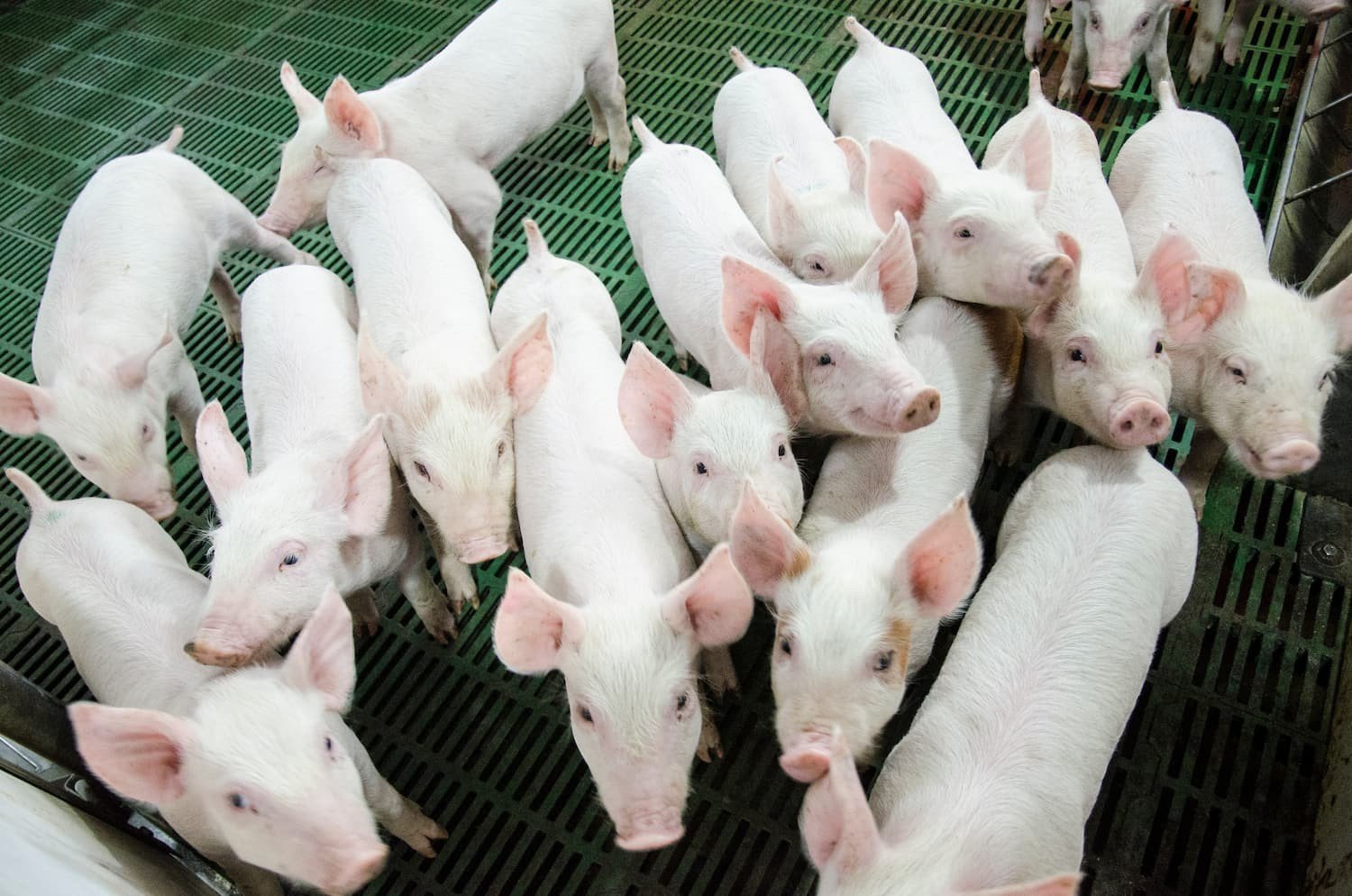
The results of the greenhouse gas inventory show that the livestock industry emits about 18.5 million tons of CO2e annually, accounting for 19% of emissions in agriculture. There are two main greenhouse gases emitted from livestock: methane (CH4) and nitrous oxide (N2O).
According to calculations, 1 ton of CH4 causes greenhouse gas effects equivalent to 28 tons of CO2 and 1 ton of N2O causes greenhouse gas effects equivalent to 265 tons of CO2. Meanwhile, greenhouse gas emissions from livestock include 2 main sources: CH4 from the rumen of ruminants and CH4, N2O from animal manure.
Some factors are emissions affecting livestock farming such as electricity and energy, respiration, digestion, animal waste, etc. Mr. In pointed out that it is possible to apply technology and equipment to control carbon index in animal feed processing plants and barns; treat livestock waste with biogas technology, biological bedding to reduce environmental pollution and greenhouse gas emissions. However, these technologies require large investment costs, and there needs to be a policy to support land for concentrated livestock farming.
Therefore, Mr. In also recommended that the livestock sector should not be included in the greenhouse gas inventory. In the immediate future, from now until the end of 2026, only incentives should be applied to livestock farms to carry out inventory and control of emissions in livestock farming. Because this is a new issue and the domestic livestock sector is still facing many difficulties.
In addition, during the process of "postponing" the greenhouse gas inventory, it is also necessary to strengthen the training of specialized technical staff, improve technologies and policies to improve management capacity and apply technologies in waste treatment, inventory and control of greenhouse gases in livestock farming.
"When putting livestock farms on the list of greenhouse gas inventories, all factors are ready," said the Vice President of the Vietnam Association of Farms and Agricultural Enterprises.
Need to raise animals in a circular direction
Mr. Nguyen Quang Hieu - Director of External Relations of De Heus Group shares the Netherlands' experience in developing the livestock industry very scientifically since 1960.
He cited that waste is not treated at the farm but is collected and treated separately by businesses. Pig waste is collected to make biogas, to fuel heating in livestock farms, chicken farms... For cows, the Netherlands has clear regulations on stocking density to ensure the area to absorb waste from these animals.
In recent years, the Netherlands has been issuing strategies for sustainable development and green growth. The Dutch government and people are working together to build a livestock industry in a chain linked to environmental protection and greenhouse gas reduction.
"If the environment in livestock farming is not guaranteed, units and businesses will be taxed very high, up to 15% of revenue," Mr. Understanding informed.
Currently, green transformation is an irreversible trend. Meanwhile, the livestock industry is one of the sources of greenhouse gas emissions that add stress to global warming.
In Vietnam, experts believe that it is possible to develop circular livestock farming to reduce greenhouse gas emissions. However, it is necessary to develop support policies for circular agriculture to accelerate the process of deployment, implementation and application in farms and livestock enterprises.
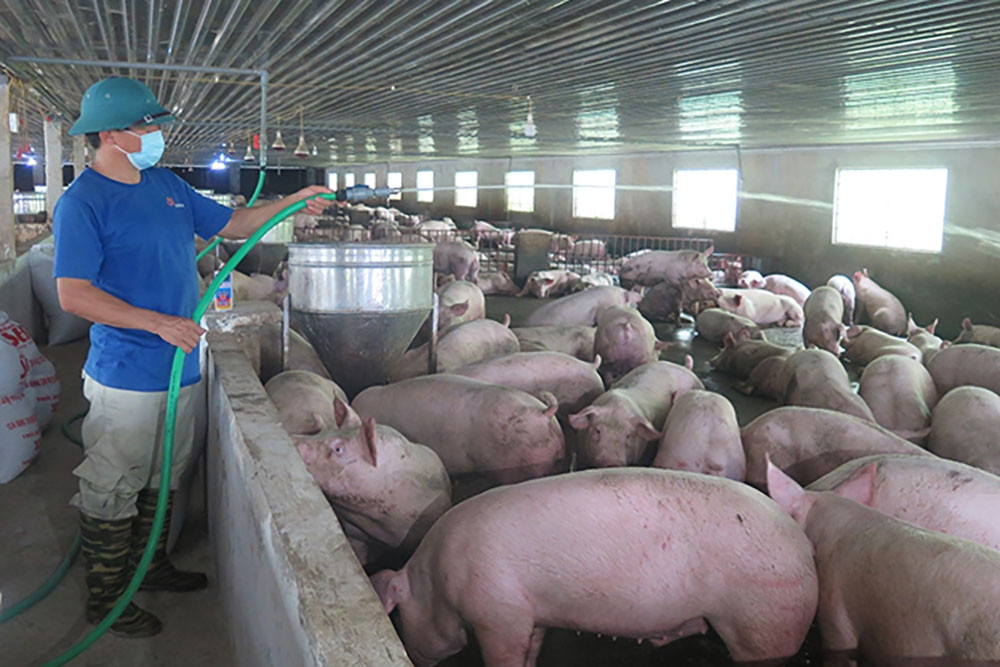
Source: https://vietnamnet.vn/lon-bo-o-hoi-gay-khi-nha- Kinh-vi-sao-van-chua-nen-co-bien-phap-manh-2334400.html




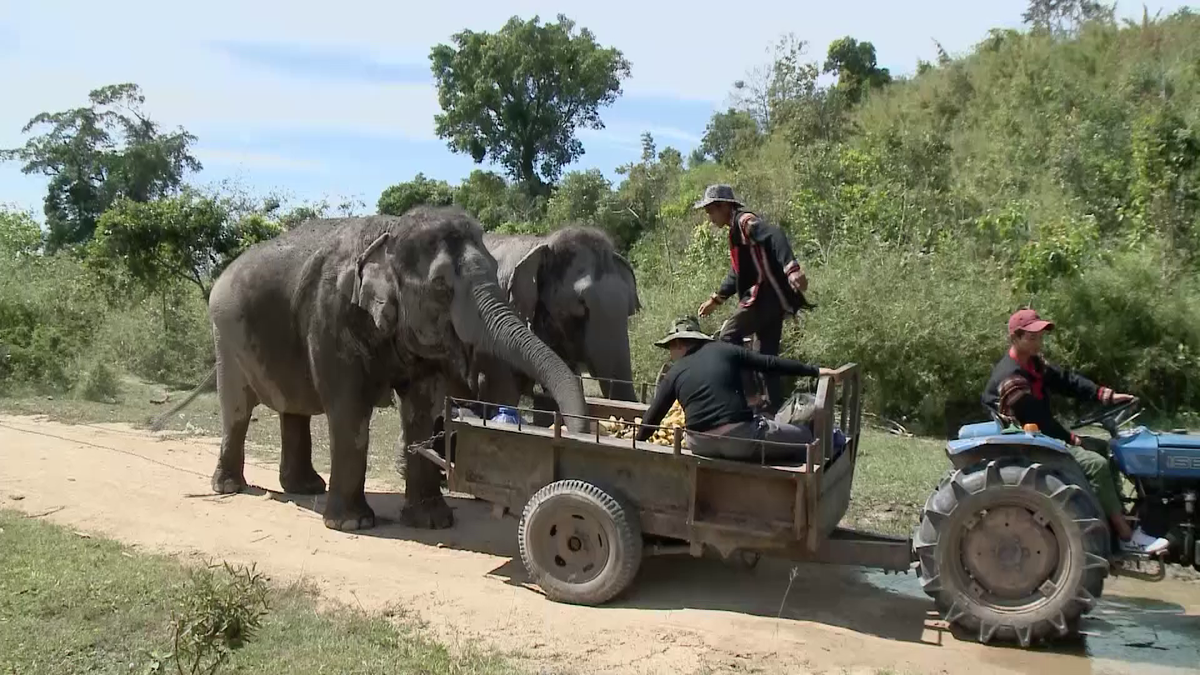
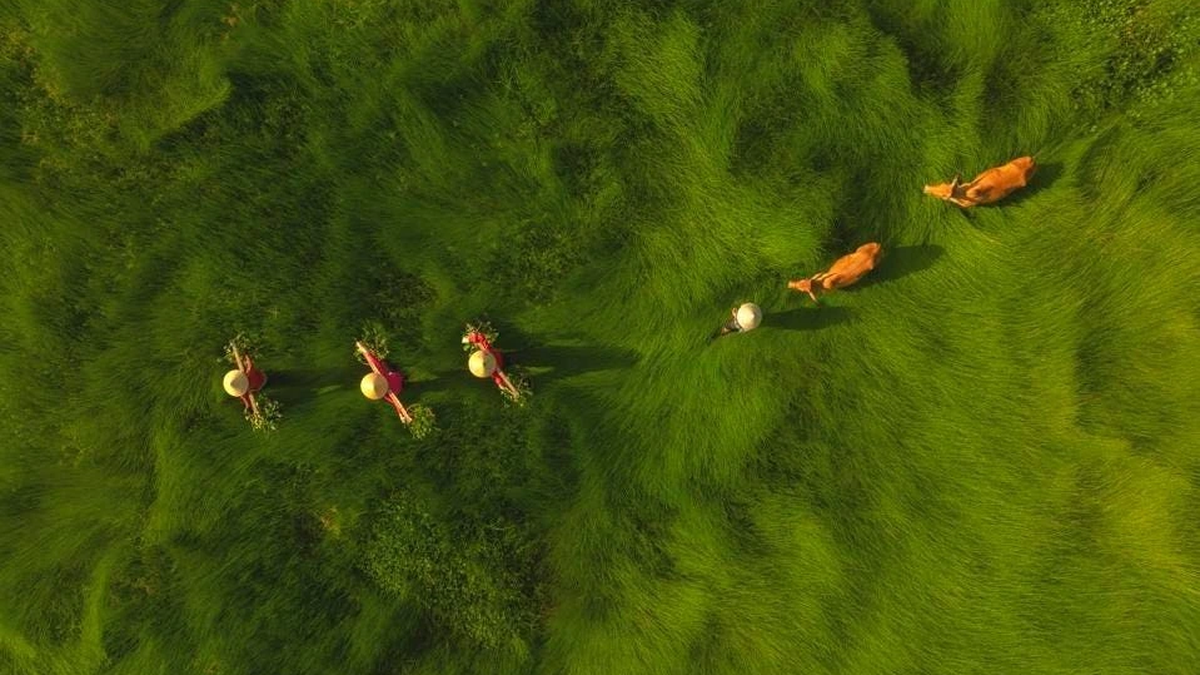






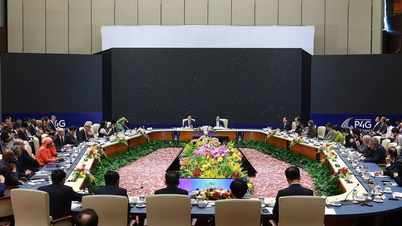



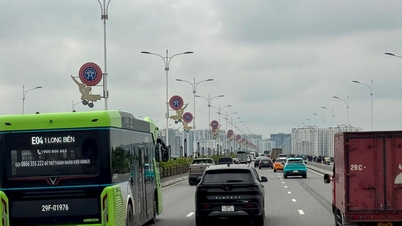


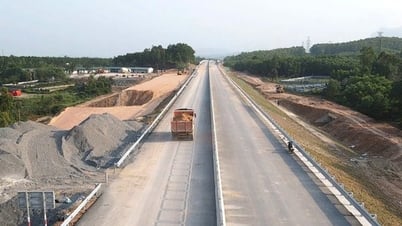

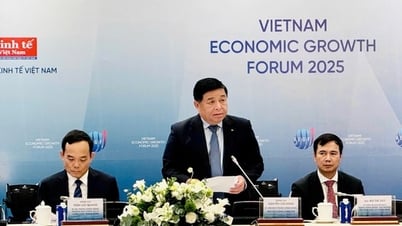




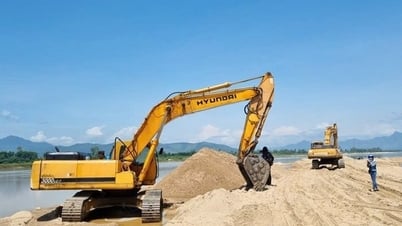











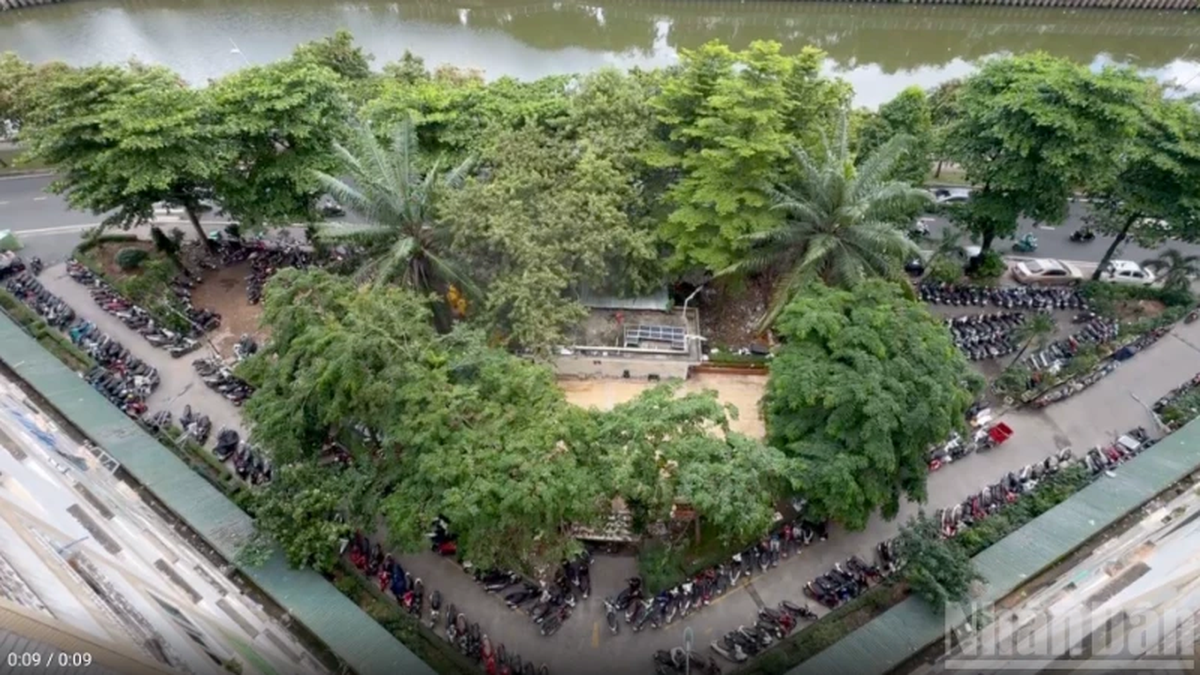
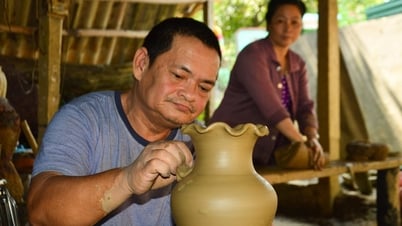












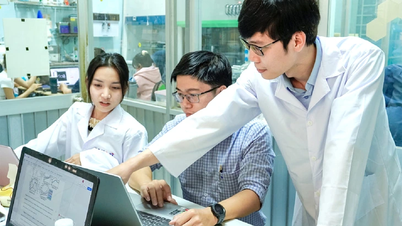




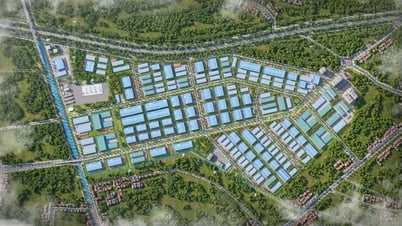



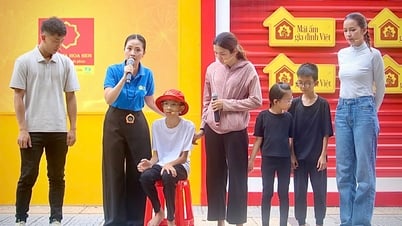


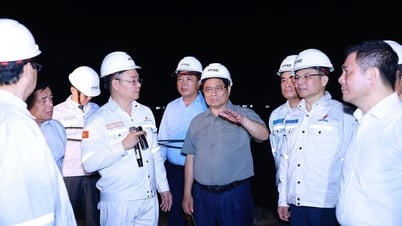
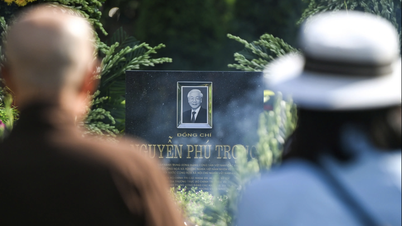
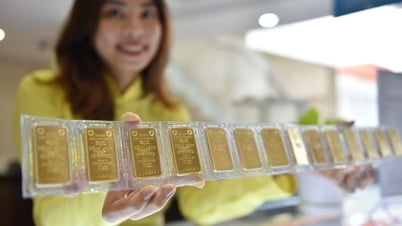












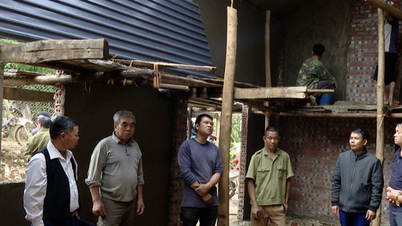




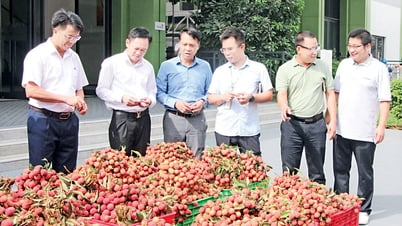

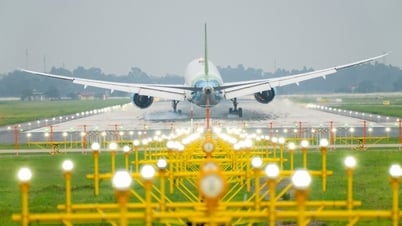

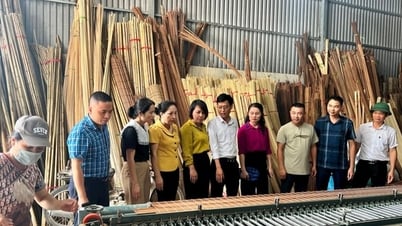



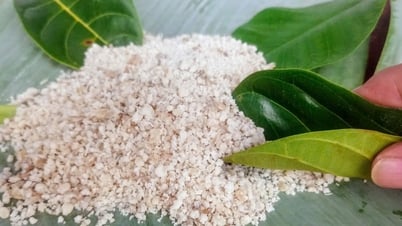
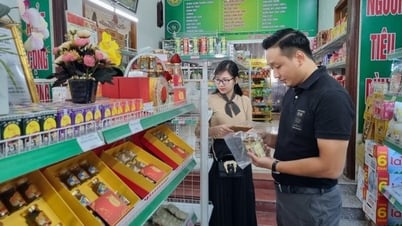
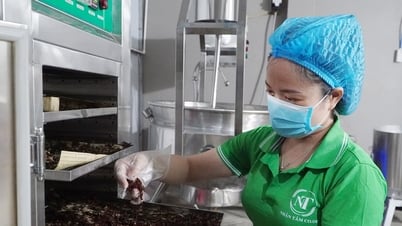


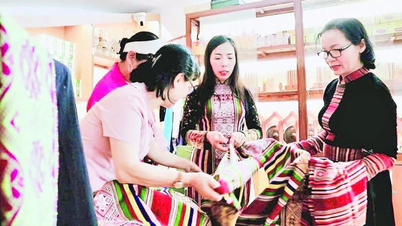



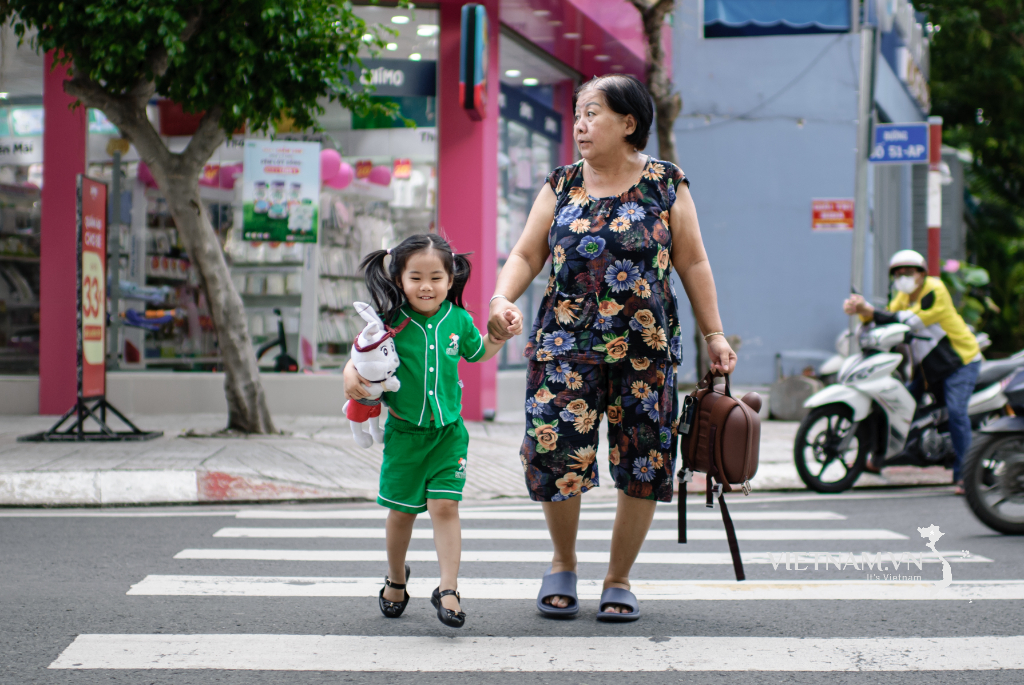
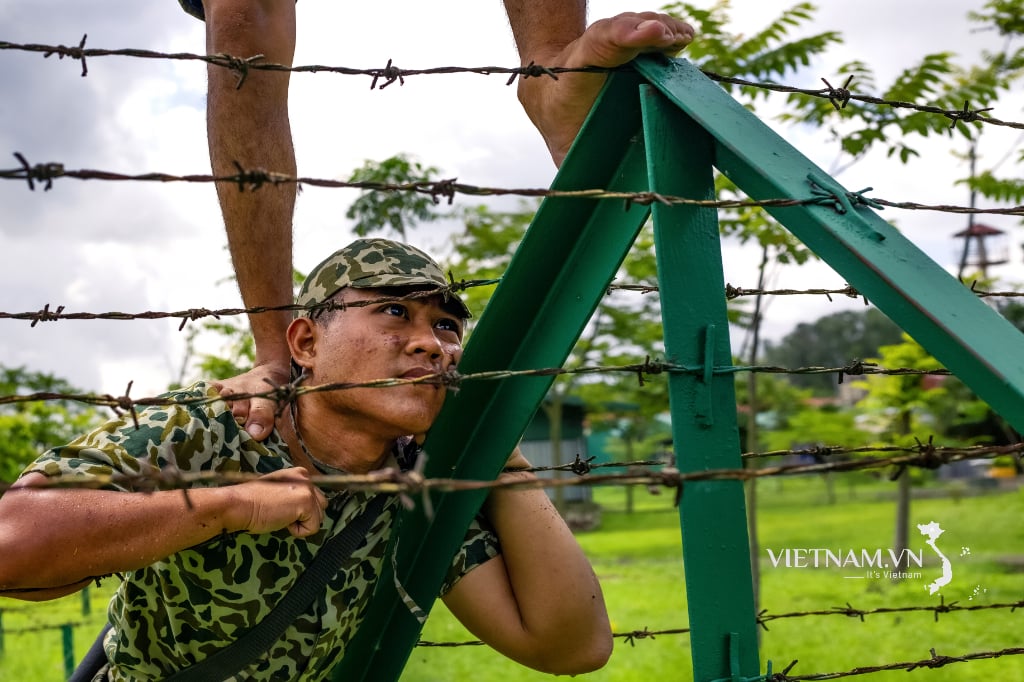
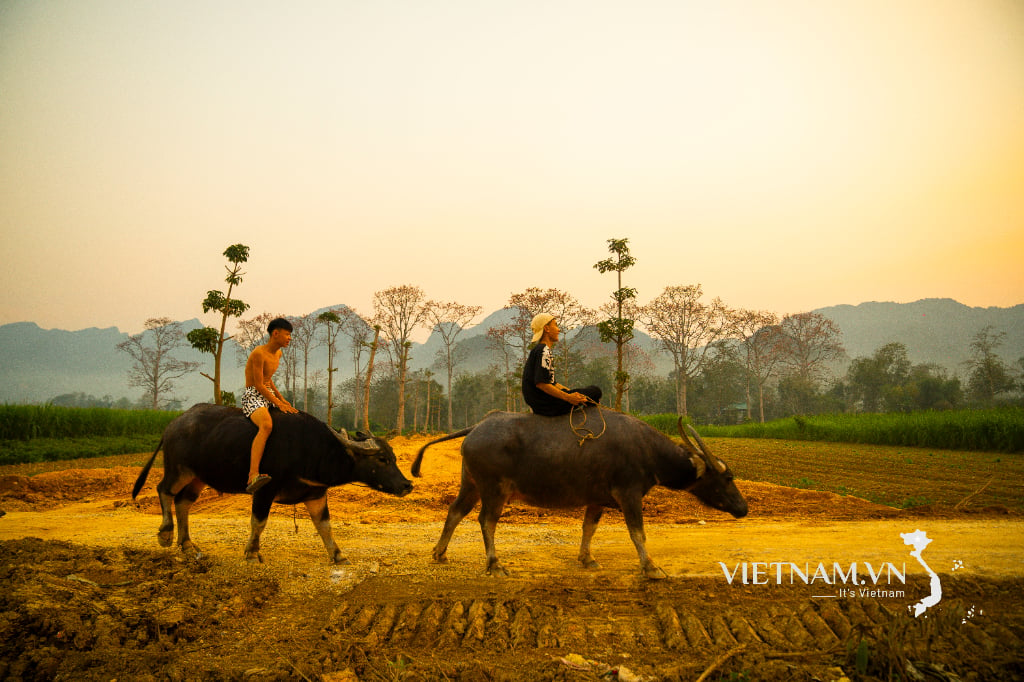
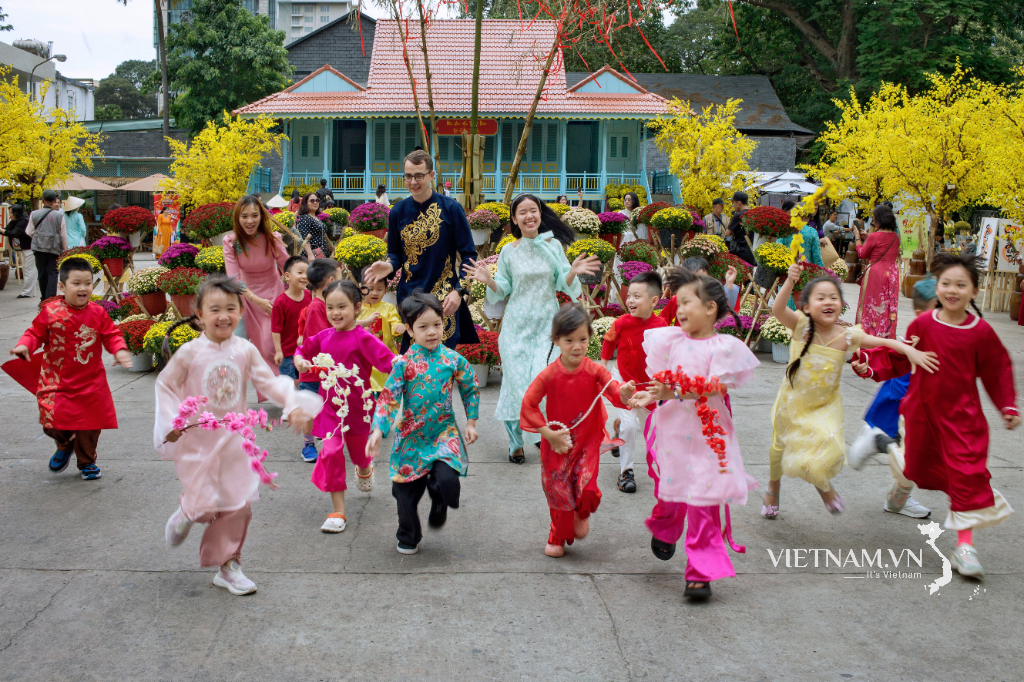
Comment (0)